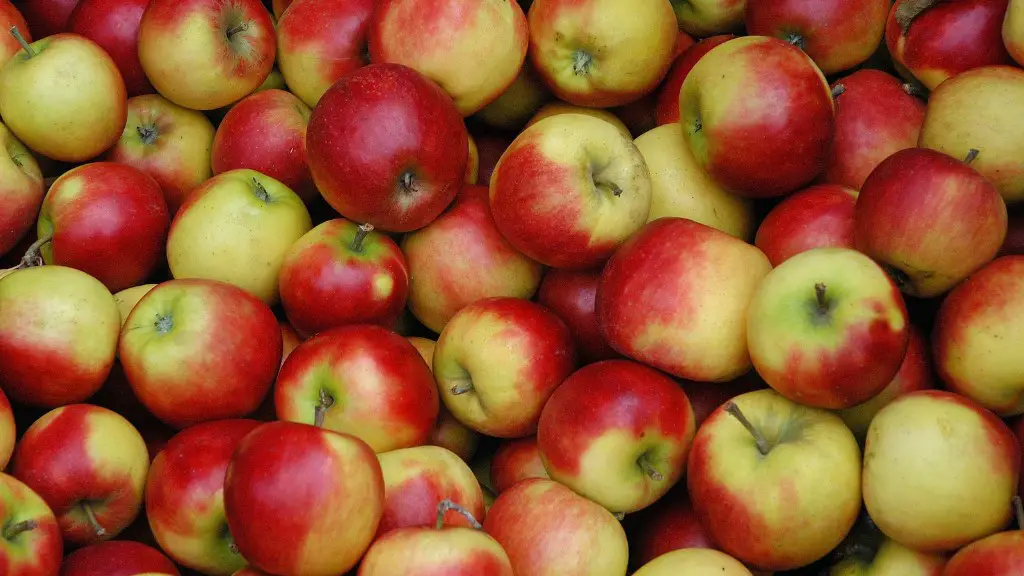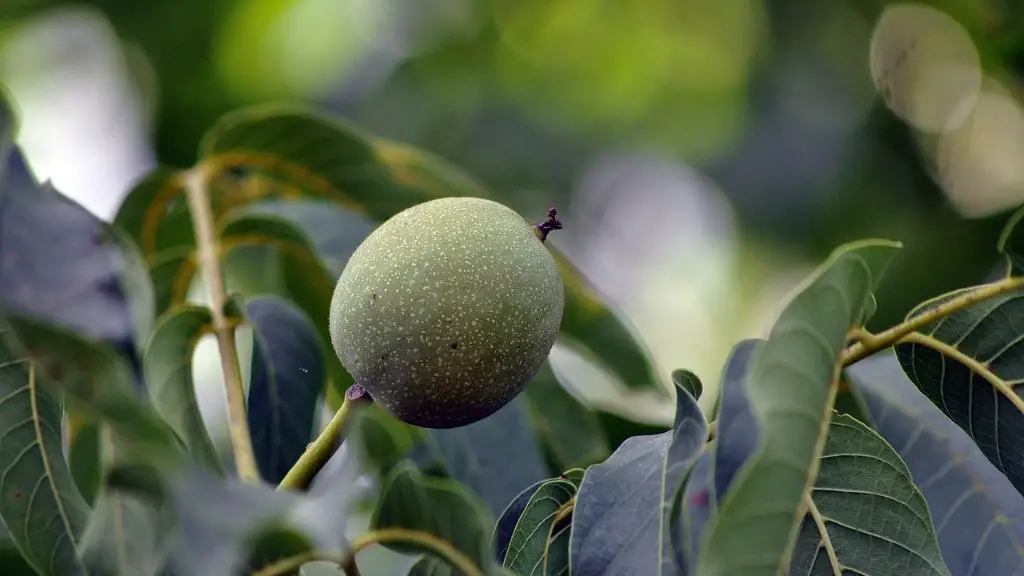Pruning is a key part of keeping a small lemon tree healthy and productive. Through pruning, you can help the tree maintain its proper shape, keep it from becoming overgrown, reduce the chance of disease and pests, and promote healthy buds and vigorous growth. With proper pruning, you can produce more lemons per branch and increase the overall yield. Here are the steps for how to prune a small lemon tree.
Start by removing dead, broken or diseased branches or stems. Use a pair of pruning shears for branches under one inch in diameter and a handsaw for larger branches. Cut branches cleanly and close to the trunk, making sure not to leave any jagged edges that could lead to infection.
When removing large branches, make sure to cut at a downward angle. This kind of angled cut encourages the growth of strong new shoots at the base of the branch. Cut away any large crossing branches or thick, overcrowded branches, as this can inhibit production of fruit.
Pruning any branches that don’t produce fruit is also important. By pruning away unproductive branches, you can divert the tree’s resources to other, more productive branches. Prune away as many of these branches as you can without drastically changing the form of the tree.
Also, prune away any branches that cross, rub against each other, or rub against the trunk. These branches produce more bark, reducing the amount of bark available for the tree to make food. Removing these branches also helps to open the center of the tree, allowing greater air circulation and light into the interior of the tree.
Finally, it’s important to periodically thin out the canopy of the tree. This helps promote good airflow, prevent pest and disease, and encourage healthy new growth. Thin out the branch tips and stems as needed, leaving only the strongest, most vigorous branches. It might seem like thinning out is counterintuitive, but it will actually help increase the overall productivity of the tree.
By following these steps, you can help ensure that your small lemon tree remains healthy and produces a bountiful harvest of juicy lemons each year.
Environmental Factors
When pruning your lemon tree, it’s important to take the environmental factors into account. If the tree is located in an area with strong winds, be sure to prune away any branches that could be easily damaged. Prune away branches that form an “open V” shape, as these provide the least protection against wind damage. Also, avoid pruning too late in the season, as this could stimulate tender new growth that could be damaged by cold weather.
Prune carefully and strategically around any nearby trees or structures so that the tree has sufficient space to grow and mature. Also, be mindful of trees and buildings that may provide shade, as this will affect the amount of sunlight that the lemon tree receives.
Finally, take the temperature and humidity of the area into account. If the temperature is too high for too long it can cause sunburn damage to the tree, which can lead to loss of fruit quality or even death of the tree. Ideally, the tree should be located in an area with temperatures below 75 degrees Fahrenheit and humidity of 60 percent or below.
Timing
When it comes to pruning a small lemon tree, timing is everything. The best time to prune a citrus tree is in late winter or early to mid-spring, before the tree buds and flowers. Pruning in late summer or early fall can also be beneficial, but try to avoid doing it in midsummer, as this can reduce yields. If you’re pruning for sunny locations, late winter and early spring are the best times for pruning for maximum production.
When pruning, try to prune with the season in mind. During the cold months, prune away any frost-sensitive stem tips and branches, while in warmer months focus on thinning out the canopy and removing any weak growth. Thin the canopy to promote air flow and open the center of the tree to allow more light and air.
Finally, keep an eye on the tree’s growth and shape throughout the year and prune away any overgrown limbs or branches. For small trees, this is especially important, as they are more prone to becoming overgrown.
Tools and Techniques
When pruning your small lemon tree, it’s important to use the right tools and techniques. Investing in good-quality pruning shears or loppers is essential, as these will make pruning much easier and increase the accuracy of your cuts. When it comes to saws, opt for a curved blade instead of a straight blade, as this will make for cleaner, more precise cuts.
When making pruning cuts, keep a few things in mind. Always prune away branches that are disease-prone or damaged, and never use pruning paint or sealants on the wounds. Make sure to cut back to a lateral branch or bud, creating a slightly angled cut to encourage new growth. Avoid pruning too close to the trunk, as this can lead to physical damage and scarring.
Always prune in the direction the branch is growing, and prune away the entire branch. In addition, remember to prune away spilled bud wood and any suckers at the base of the tree. These are often a sign of stressed or unhealthy tree growth.
Finally, make sure to wash your pruning tools after every cut, as this will help prevent the transfer of disease or pests to other parts of the tree.
Healthy Practices
In order to keep your lemon tree healthy, there are a few practices that you should follow. For starters, fertilize the tree regularly. Use a balanced citrus fertilizer, such as a 20-5-5 formula, during the budding and flowering season for best results. Be sure to follow the instructions on the label for best results.
It’s also important to keep the tree watered. Lemon trees require a lot of water, especially during dry periods and when the tree is bearing fruit. During very dry periods, water the tree more frequently to help keep the soil moist.
In addition, mulch around the tree to help retain soil moisture and insulate the roots from extreme temperatures. Lastly, make sure to keep the tree pruned regularly to promote growth and reduce the chance of pests and diseases.
Pest and Disease Control
Pests and diseases can be a major problem for small lemon trees. To help keep them at bay, it’s important to always keep the area clear of debris, such as fallen leaves, fruit, or debris from pruning. Also, inspect the tree regularly for signs of pests or diseases.
If you notice any signs of pests or diseases, act quickly. Remove any diseased or infested branches or stems and dispose of them away from the tree. Use natural or organic insecticides or fungicides as needed to help keep pests and diseases in check.
Finally, don’t forget about natural controls, such as birds and beneficial insects such as ladybugs and lacewings. These can help to keep pest and disease populations in check. If you have any questions or concerns about pest or disease control, consult a local nursery or extension office.



